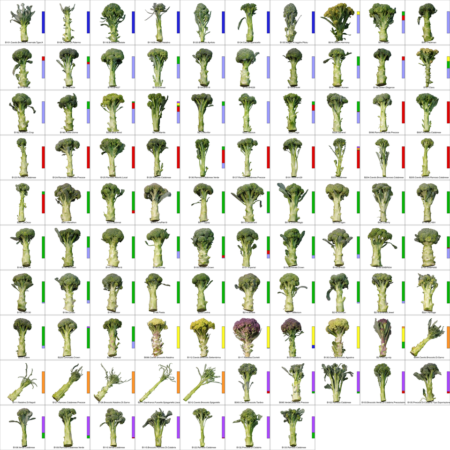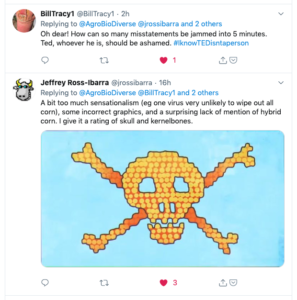Zachary Stansell, who seems like a very interesting guy, had the top post on all of Reddit late last year with — wait for it — a picture of broccoli diversity. And rightly so. It is beautiful.
The coloured bars? They are based on ~10K SNPs, with varieties that share a given colour sharing more of these markers, and being more closely related genetically.

